As Mormon church faces SIXTH lawsuit alleging leaders fraudulently misused member donations, does secretive religion face moment of reckoning?
When movie mogul and son of a Mormon billionaire James Huntsman sued his former church for $5 million over alleged misuse of member donations, church authorities warned that the church could “open the floodgates” to a series of counterfeiting claims.
They weren’t wrong.
Earlier this month, the fifth copycat lawsuit filed since October thundered onto church leaders’ desks in Salt Lake City earlier this month.
Gene and Michelle Judson, a Mormon couple from California who have both been members of the church for more than fifty years, effectively accused their once-vaunted leaders of lying to them about how they had spent $40,000 of their hard-earned money .
It joined similar complaints filed in Utah, Illinois, Tennessee and Washington over the past six months, prompting the couple’s lawyers to declare that the church now faced “a reckoning in a multitude of jurisdictions.”
Six lawsuits have now been filed against the Mormon Church, alleging it fraudulently misspent donations from its members. The last claimed leaders now faced ‘a moment of reckoning’
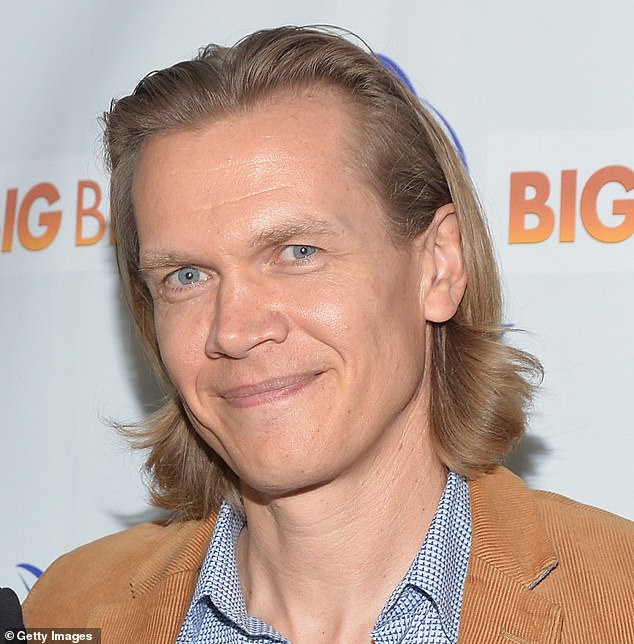
James Huntsman (pictured), the son of a billionaire Mormon philanthropist, is suing the church over claims it lied about how it spent billions of dollars of its followers’ hard-earned money
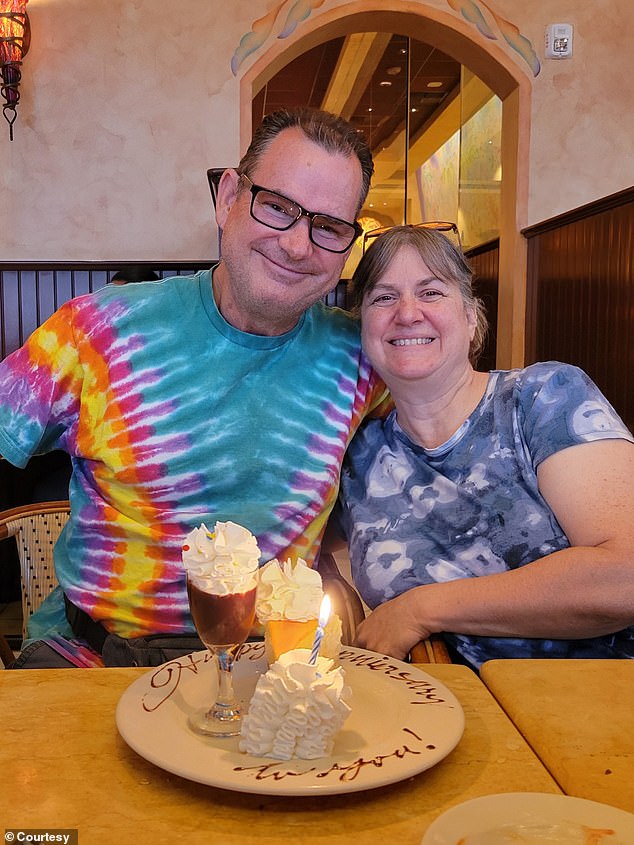
Gene and Michelle Judson (pictured), who filed the latest lawsuit in California, are seeking to recover $40,000 paid in tithes over decades of membership
With the church now on the hook for multi-million pound payouts to once loyal members who accuse it of fraud, this certainly does not seem excessive.
But legal experts have questioned the validity of their claims, with one suggesting they had dealt a blow to disgruntled members desperate to get their money back.
Sam Brunson, a Mormon tax law professor at Loyola University, said he was “skeptical” that this was the church’s judgment day.
Meanwhile, the Church of Jesus Christ of Latter-day Saints (LDS), commonly referred to as the Mormon Church, has dismissed the complaints as “baseless.”
The claims all allege that the church fraudulently misrepresented how it spent its members’ donations, known as tithes.
They allege that church leaders, including former President Gordon B. Hinckley, made statements from the pulpit that tithes were used only for specific religious purposes.
In fact, the church spent $1.4 billion in tithing money on City Creek Center, an upscale shopping center in downtown Salt Lake City, the lawsuits say.
The wave of filings came when an appeals court in August overturned a decision to dismiss Huntsman’s $5 million claim against the church, originally filed in 2021.
Huntsman, the son of billionaire philanthropist Jon Huntsman, claimed in an exclusive interview with DailyMail.com in the aftermath of the decision that the church was “in serious trouble” because followers were “fleeing” the church amid allegations of fraud.
His and the class action lawsuits that followed all cite allegations by whistleblower David Nielsen, a former employee of the church’s secretive investment arm, Ensign Peak, who alleged that the fund spent member donations on City Creek.
They are also leaning on a decision by the U.S. Securities and Exchange Commission last February to fine the church and Ensign Peak $5 million for using shell companies to “obfuscate” the size of their investment portfolio.
Their cases appear to hinge on a 2003 statement from then-President Hinckley, who Huntsman says flew on his family’s private jet.
Hinckley emphasized at the church’s General Conference that the tithes “have not been and will not be used” for City Creek, and that the money instead comes from “church-owned commercial entities” and the “proceeds of invested reserve funds’.
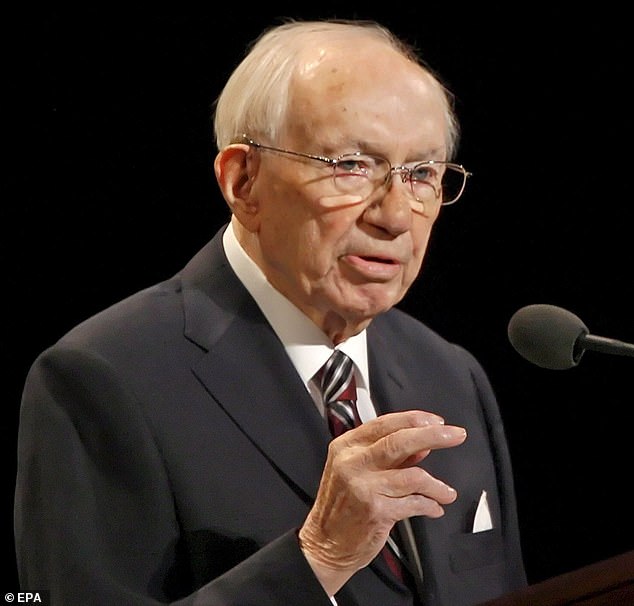
Huntsman claims that a 2003 statement from then-church president Gordon B. Hinckley (pictured) made it clear that tithes would not be used at City Creek
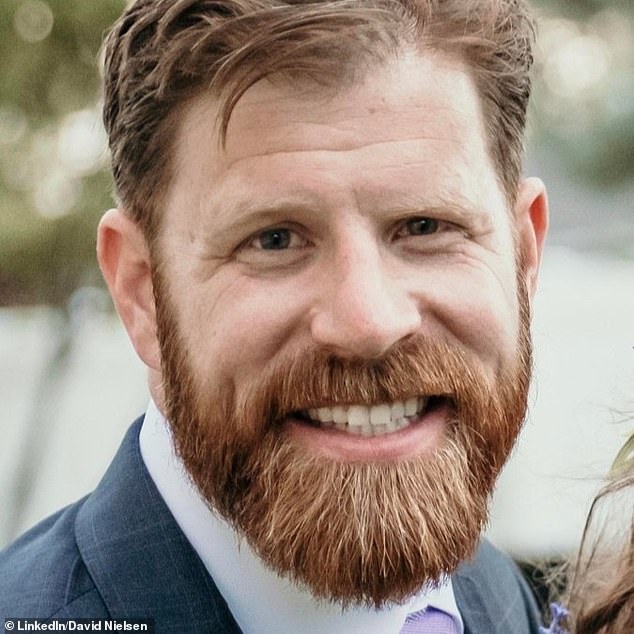
Huntsman’s lawsuit was sparked by a complaint from David Nielsen (pictured), a former employee of the church’s investment fund, who said the church used member donations to support the development of City Creek in Salt Lake City.
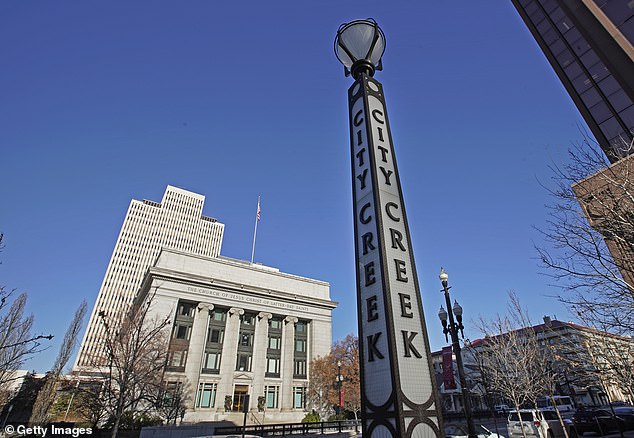
A City Creek Center sign stands across the street from the headquarters of the Church of Jesus Christ of Latter-day Saints in Salt Lake City, Utah
The church has emphasized throughout the case that no actual tithes were used for the $1.4 billion project, but only the income from invested tithes managed by Ensign Peak.
LDS spokesman Sam Penrod has previously said that “the Church did exactly what President Gordon B. Hinckley said when it invested reserve fund revenues in the City Creek project,” he said.
Professor Brunson has called on the church to be more transparent about its finances, adding that Huntsman’s lawsuit was part of a broader “movement” of Mormons unhappy with the way they believe the church is handling their money.
But he doubted his claims would resonate with the majority of loyal members, who he said did not view the accusations as “sincere.”
“They come across very much as dissatisfied people trying to get their money back,” he told DailyMail.com.
“Honestly, that’s probably an accurate representation.”
He added, “I suspect there are some former members who would like to get their tithing back…
‘But wanting to get money back is different from being able to prove that you have been scammed.’
Brunson has said he thinks the cases are likely to fail, despite Huntsman’s victory in the appeals court last year.
He explained that the dispute over what tithing entailed was a “religious issue” that would play into the hands of the church.
“The plaintiffs may argue that tithing includes the return on the tithe invested. But if the LDS Church says, ‘No, the tithe only represents the amount paid by members, and not the income from it,’ then that is an internal doctrinal issue and the courts will accept it.”
The cases come after details emerged of how the church amassed an estimated net worth of $236 billion, with most of it stashed away as cash in its secretive investment arm, Ensign Peak Advisors.
Details have emerged about how the church amassed such enormous wealth – believed to be on a par with South Korea’s sovereign wealth fund.
Leaders expect supporters to donate 10 percent of their income to tithes, which will be spent on annual expenses such as building new temples.
The surplus is invested in a portfolio of stocks, bonds, private equity and other companies.
It closely tracks the S&P 500, but with minor adjustments as its asset managers try to outperform the index, according to a report from The Widow’s Mite, the group of unnamed current and former Mormons.
The report’s authors claim that much of the fund’s estimated $175 billion in assets remains unused rather than going to good causes as followers expect.
